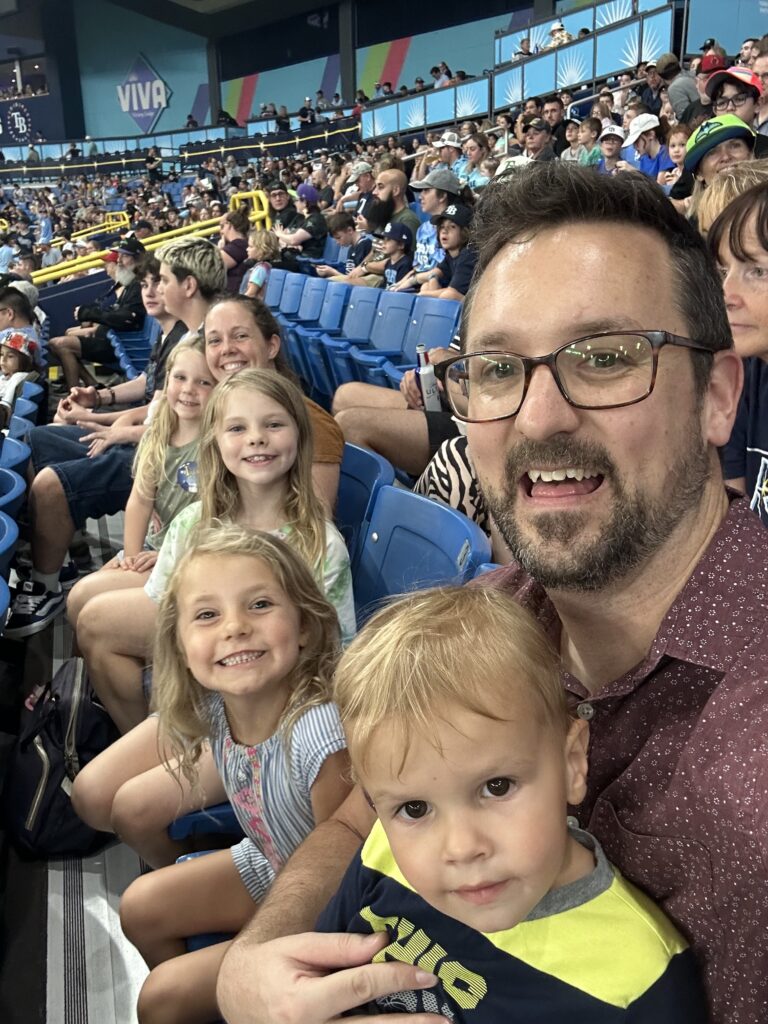
Church planting missionaries who lost everything in hurricane blessed by Southern Baptists

Among all of California’s iconic cities, none has more influence than the largest—Los Angeles. Hollywood alone commands tremendous sway on popular culture worldwide.
The sheer size of Los Angeles calls for considerable strategy in any attempt to reach the city. The city population alone, 3.8 million, is larger than 21 states. The county is nearly 10 million, and “greater” Los Angeles in the Send City context, has a population close to 20 million.
With a name that translates “City of Angels,” Los Angeles gives an impression that people here would be focused on heavenly things, but that is not necessarily the case. The region consists of 100 cities filled with people going after the elusive California dream.
L.A. is home to some of the biggest names in show business as well as the largest populations of ethnic, cultural and language groups in the U.S. There are some 400 distinctive groups here. The world is already here.
As a Send City, church planting is focusing on five counties around the city, home to more than 18 million people. There is only one Southern Baptist for every 17,570. The estimated evangelical presence is 8.3 percent.
Throw in a thriving seaport (where a strategic church planting effort engages large cargo vessels) and world-class universities, and the complexity of the task emerges more clearly. Los Angeles is not a one-strategy-fits-all city. A church planting focus must be five-fold, and it includes: universities, inner cities, beach cities (suburbia), people groups and Hollywood. To reach the greater Los Angeles area, it will take strong partnerships with people who pray, invest, encourage and have a desire to meet needs and engage communities.
From planting a church to partnering with those already on mission in Los Angeles, you and your church can make a difference; connect with us to learn how.
Discover free tools and resources—blogs, podcasts, e-books and more—that will help you and your church effectively plant churches in your community.